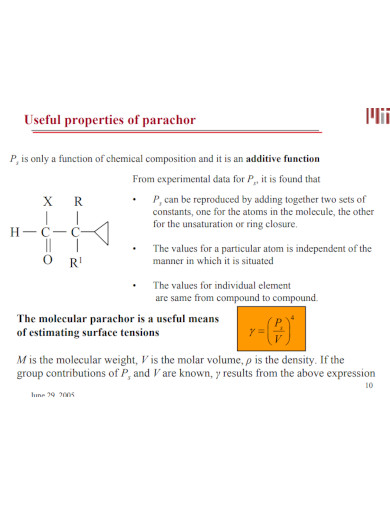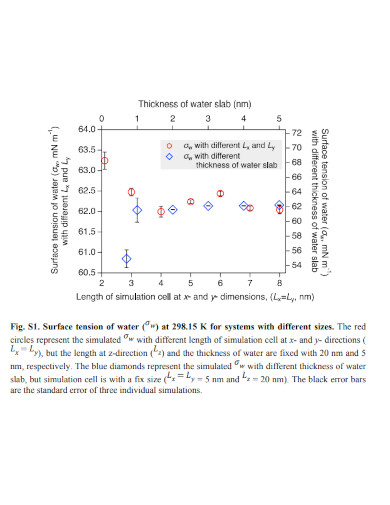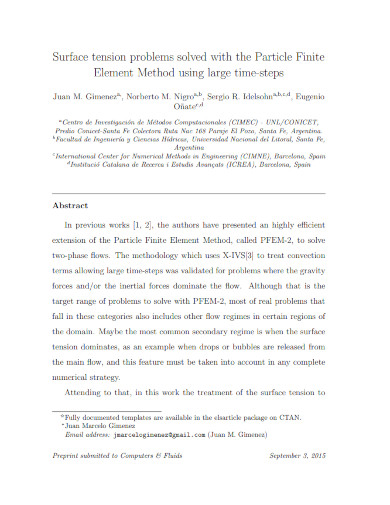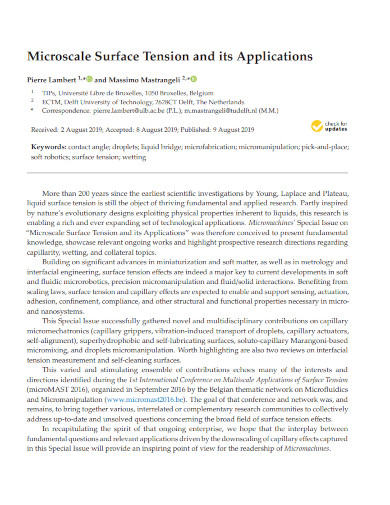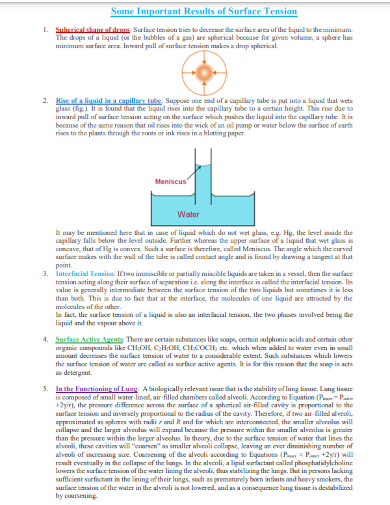What is surface tension?
The force acting perpendicular to a surface
The tendency of a fluid to resist flow
The elastic tendency of a fluid surface to acquire the least surface area possible
The force of attraction between molecules of different substances





